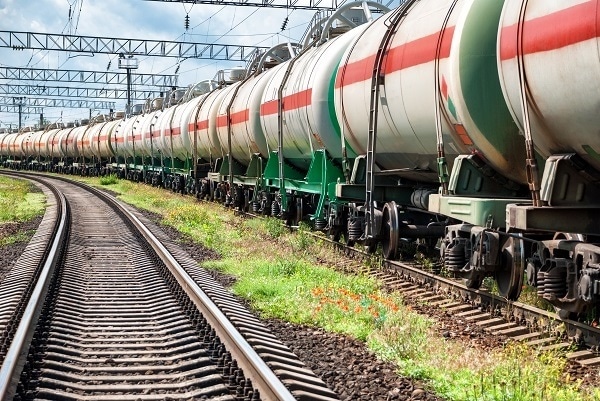Feb 2 2017
A regeneration facility replaced a manual method of measuring hazardous liquids in rail cars with a Signal Fire Remote Sensing System to increase worker safety. Previously, technicians used a measurement stick to determine the levels of sulphuric acid in rail cars shipped to the site daily by a refinery.

Using the stick required tank measurement multiple times a day, exposing workers to acid fumes, posing a risk to their safety and health. As a manual method, tank measurement by stick varied in accuracy, dependent on the operator. The procedure was also time-consuming and laborious, requiring workers to return to tanks several times during the day to conduct the measurements.
Using a radar tank sensor integrated with a Signal Fire Remote Sensing System, technicians only need to place the radar sensor inside the tank when first opened and remote it when the tank is full of spent acid. During an eight-hour shift, an operator could make as many as 8 to 10 trips to the rail car sites to verify tank levels.
Interfacing with the radar tank sensor, a SignalFire Class 1 Division 1 Sentinel HART node sends tank level data to a Gateway through a mesh network where it becomes available in standard Modbus format for download into a computer. The hazardous location node also powers the sensor, making the level monitoring system completely wireless. A SignalFire Toolkit provides software for interfacing with the equipment from the office. As an entirely wireless system, the SignalFire Remote Sensing System eliminates the need to run conduit as required by a wired system.
For more information on the technology behind the Signal Remote Sensing System, refer to http://www.signal-fire.com/about/technology/. For more application stories, visit http://www.signal-fire.com/applications/.